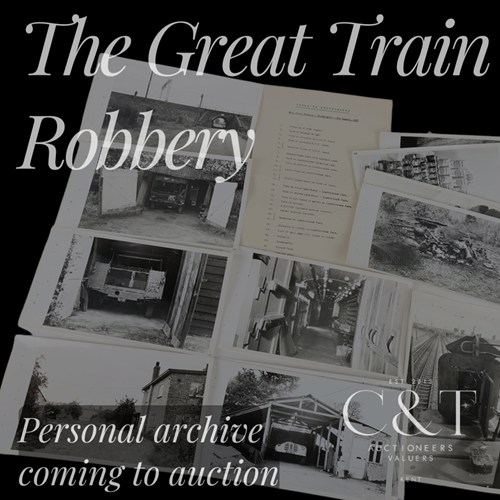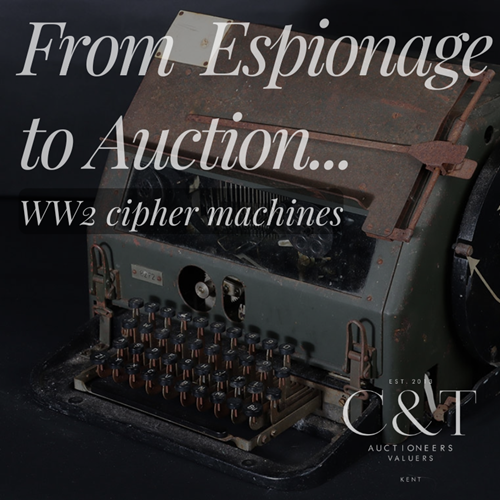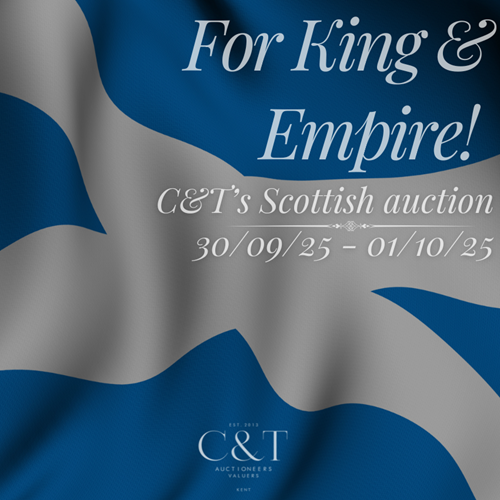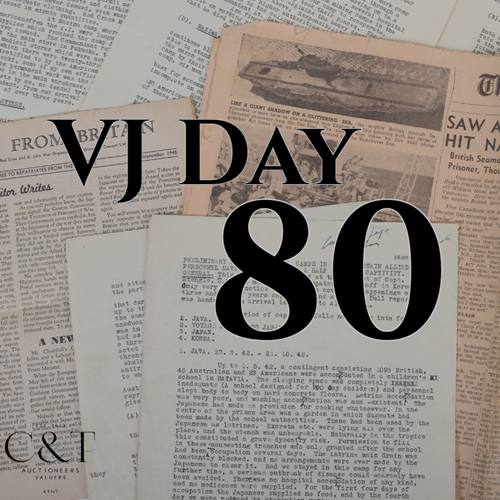The earliest form of aviation within the British armed forces was in the late Victorian era, when the Royal Engineers Balloon Section was formed with the aim of the unit to be used in an observational capacity. With the onset of the 1900s, civil aviation became a very popular sport and event, the aviators themselves becoming the celebrities of the day.
With the outbreak of WW1 in 1914, the newly formed Royal Flying Corps (R.F.C) was quickly rushed into active service. These early aviators were sent up in fairly rustic machines to fight an enemy who was also quite new to the concept of aerial combat. The Royal Flying Corps, full of very new young pilots, were given the nickname “The Twenty Minuters”, as this was said to be the life expectancy of a newly qualified pilot. All nations during WW1 had air services with many of the most famous aviators in history coming from the main combating nations.
In April 1918, the Royal Naval Air Service (R.N.A.S) and Royal Flying Corps (R.F.C) were combined into one service, the Royal Air Force. This force served out the rest of the war and was heavily involved in the various campaigns on the North-West Frontier and Palestine in the 1920s and 1930s.
In late 1939 and early 1940, RAF squadrons were sent to France to try to stop the Nazi Blitzkrieg movement which was sweeping across Europe. It was in 1940 that the RAF is so fondly remembered; British, Commonwealth and other Allied pilots took part in the Battle of Britain, on a daily basis. Between 10th July and 31st October 1940, British fighter pilots scrambled to the skies above Great Britain to defend against the German bomber aircraft of the Luftwaffe. Items relating to pilots who served during the Battle of Britain are treasured by collectors today, and when items are offered at auction they command high prices.
The RAF continued to play a major part in WW2, this included the bomber command’s missions over Germany and occupied Europe. The American 8th Air Force was also a crucial part of the Allied success. On the Eastern Front, the German Luftwaffe eagerly engaged in dog fights with Soviet Russian aviators.
As with the Battle of Britain, the legendary actions of Wing Commander Guy Gibson VC and his Dambusters are notorious, and items relating to their service, be it log books, medal groups or uniform items, command high prices when they go under the hammer.
C&T Auctioneers and Valuers Ltd, are always looking for interesting items of Aviation history from all periods to offer our clients, this includes Flying Clothing, Medal Groups, Log Books, Aircraft Parts, etc.
Recently sold

WW2 RAF 'Scramble' Station Bell, Air Ministry 1942

Sold for £360
WW2 Royal Air Force C-Type Flying Helmet Set

Sold for £340
WW2 RAF GQ Combination Flying Suit

Sold for £1,550
WW2 RAF Navigators Books, Paperwork & Flying Suit

Sold for £520
Badges & Insignia of Pilot Miguel Enciso Seiglie

Sold for £220
WW1 RFC / RNAS Cowl Pattern Leather Flying Helmet

Sold for £1,700
WW1 Royal Flying Corps Pilots Cuff Rank Uniform

Sold for £1,350
WW2 RAF Mannequin & Full Flying Equipment

Sold for £520
WW2 RAF Mk.VII Flying Goggles & Flip Shield Visor
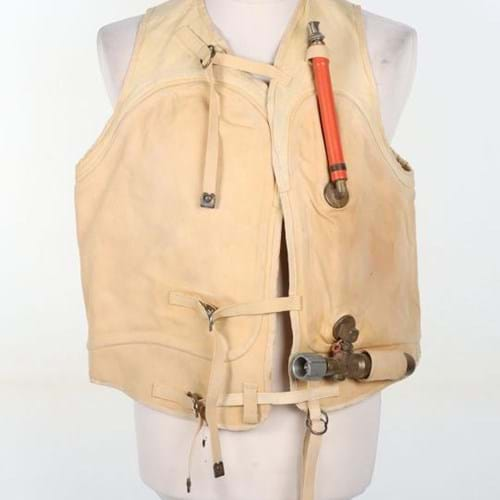
Sold for £1,750
Battle of Britain Period Luftwaffe Schwimmweste
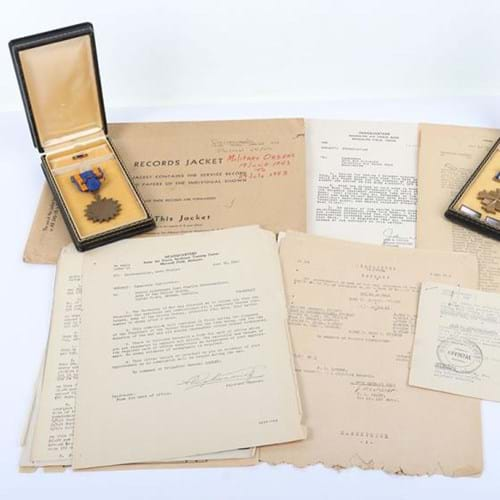
Sold for £1,050
WW2 USAAF Distinguished Flying Cross Medal etc.
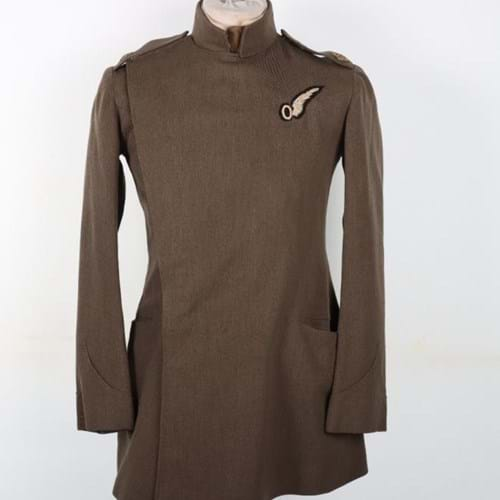
Sold for £1,650
WW1 Royal Flying Corps Observers Maternity Tunic
- 0
- 1
- 2
- 3
- 4
- 5
- 6
- 7
- 8
- 9
- 10
- 11



